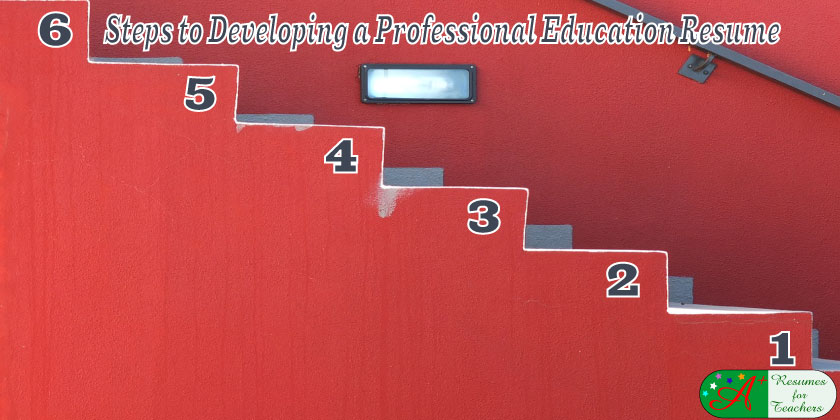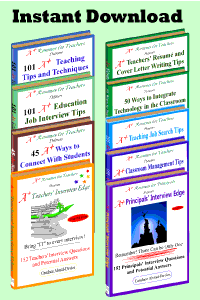The first step to landing your dream teaching job is to create an outstanding professional education resume and cover letter. In many places, the job market is very competitive, making it difficult to land an education job in top schools.
The stiff competition solidifies the importance of writing and submitting top-notch documents and stand out from the crowd.
Here are six design and writing tips to help you create an effective resume and avoid common resume writing mistakes that many people tend to make:
1. Create a Professional Education Resume Design and Format
The first step to creating an outstanding and effective job application document ensures that it looks visually appealing. Ensure the reader knows you are an organized, qualified, and valuable educator who will be an asset to their school district.
The appearance of your professional education resume and cover letter will speak about the person writing it. Use a crisp, appealing design that looks like its rightful place should be in an employer or hiring manager’s hand. Ask, “Just by looking at these documents, would I hire myself?”
2. Writing Professional Education Resume Content
Everything you write in your resume and cover letter must also sound professional. Use appropriate words and phrases and avoid terms such as “thing(s).” If you are uncertain about expressing yourself, ask someone else or try rewriting the sentence or paragraph until you get it right. If you are applying for an administrator position, you must make your document sounds like an administrator writing it and applying for the position.
3. Bland Resume Templates Don’t Work
Do not use the regular old Microsoft Word Resume Template! Many people get caught in this trap. Yes, it may contain a good basic outline to start with, but if every person uses the same template, then no one will stand out from the crowd, including you.
There is nothing wrong with using a resume template, but find an uncommon (yet correct) one and make it your own. Play with the font, borders, spacing, etc., to make it eye-catching.
4. Include Unique Selling Points
Even though it may seem like you are selling your resume and cover letter first, you are selling yourself first and foremost. Even though your resume must look and sound appealing, you need to make sure you come across as a desirable educational candidate.
The resume profile/career summary you write will set the stage as to whether the reader will want to continue reading the rest of the resume. A resume summary should sum up everything you have to offer as a candidate, and the rest of the resume should back up the summary. This section needs to contain significant relevant qualifications and selling points. If written correctly, it will help get your resume past the applicant tracking systems to the human eye.
While concentrating on developing an attractive design, ensure that you include all pertinent information, for instance, education, credentials, work experience, professional development, and associations. Assess the school district’s job advertisement, if available, and make certain that you have touched on all required qualifications in your cover letter.
5. Double Check Spelling and Grammar
Nothing looks worse on a job application document than someone who either can’t spell or at least use Spell and Grammar Check. If you are a person who struggles with spelling and proper grammar, it may be a wise idea to purchase a pocket dictionary, thesaurus, grammar, or have it proofread. Research spelling and sentence structure rules online to determine accuracy.
If you are attempting to use a “big word” but are not sure if you have incorporated it appropriately, don’t use it. A hiring manager can pick up right away whether or not someone is trying to impress and is failing to do so.
6. Proofread
A distinct and vital professional education resume writing tip is proofreading, but many people forget to do this one simple step. As mentioned above, it will hurt your chances if you have missed simple errors in your resume or cover letter.
A misspelled word, an incoherent sentence, or a punctuation mark that is out of place will turn off the reader. By submitting mistake-free documents, you will let the potential employer know that you are detail-oriented and take the time to get the job done right.
Doing projects professionally is a skill they will be looking for in a new hire, regardless of the education position you wish to secure.


